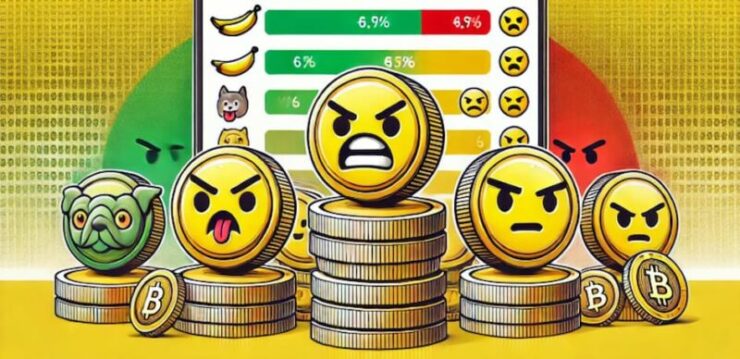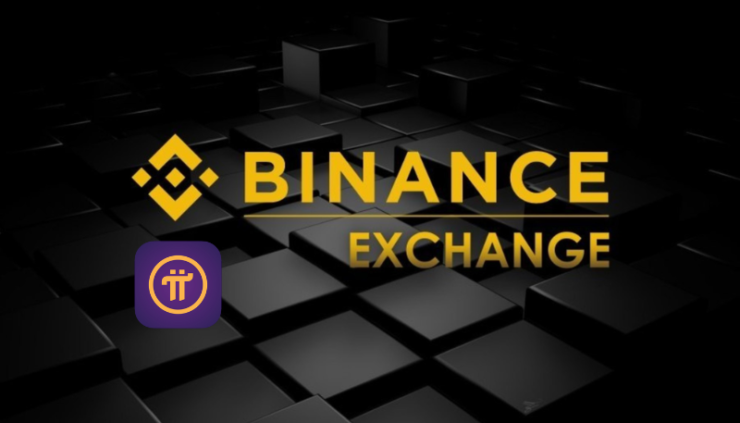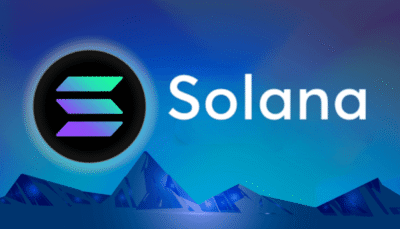In a surprising move that reignited debate across the crypto community, Binance has officially excluded Pi Network from its latest “Vote to List” initiative. This new community-driven campaign empowers users to decide which tokens deserve a spot on the world’s largest exchange.
While nine projects were given the green light to compete for a coveted Binance listing, Pi Network’s absence was loud and clear—and for many, a calculated snub that raises fresh questions about the platform’s future listing prospects.
Binance’s newly introduced decentralized listing strategy sparked hope for projects like Pi, especially given its vast and vocal community. However, the exchange made one thing clear: only tokens deployed on the BNB Smart Chain were eligible for this round.
By design, this rule automatically disqualified Pi Network, which operates on its own proprietary blockchain. Despite earlier community votes hinting at potential interest in a Pi Coin listing, the project didn’t meet the basic criteria—leaving its large supporter base disappointed.
For many Pi enthusiasts, this feels like a strategic dodge rather than a technicality. After all, speculation around Binance listing Pi Coin has persisted since February, with growing momentum as the network expands. Still, Binance’s decision signals that listing hype alone isn’t enough without meeting their evolving technical and strategic requirements.
The Meme Coin Dominance Fuels Criticism
Adding fuel to the fire, the tokens up for voting primarily feature memecoins and hype-driven projects—a move that hasn’t sat well with many Pi supporters. The voting list includes names like BANANAS31 (Banana For Scale), KOMA (Koma Inu), and Mubarak, the latter enjoying a surge after Binance founder CZ publicly acquired it.

Critics argue that by prioritizing celebrity-endorsed memecoins over utility-driven projects like Pi Network, Binance risks feeding into short-term market speculation at the expense of long-term ecosystem value.
Ultimately, only two of the nine tokens will win the listing slot, intensifying the competition and stirring debate about what qualifies as “worthy” of Binance’s massive global exposure.
Despite the exclusion, Pi Network is proving resilient. At the time of writing, PI trades at $1.17, up 4.78% in the last 24 hours, driven by broader market momentum and recovering from recent KYC-related fears.
The token maintains healthy activity on platforms like OKX, Bitget, and Gate.io, suggesting that Binance’s vote snub isn’t slowing down its traction elsewhere.
For many Pi supporters, this is just another hurdle. Optimists argue that Binance could still list Pi Coin directly in the future, bypassing the vote mechanism entirely. Given the project’s large user base and steady demand, a strategic listing could still be on the table when conditions align.
The Bigger Picture
Binance’s Vote to List campaign may be innovative, but it’s also revealing. By favoring memecoins and BNB-native projects, Binance appears to be doubling down on hype-driven tokens a risky play that may alienate communities seeking serious utility-based listings.
For Pi Network, the message is clear: meeting technical requirements and timing the market could be more critical than community size alone.
Still, Pi’s journey is far from over. As the market evolves, so will Binance’s listing criteria—and Pi Network may find itself back in the conversation when that shift comes.





